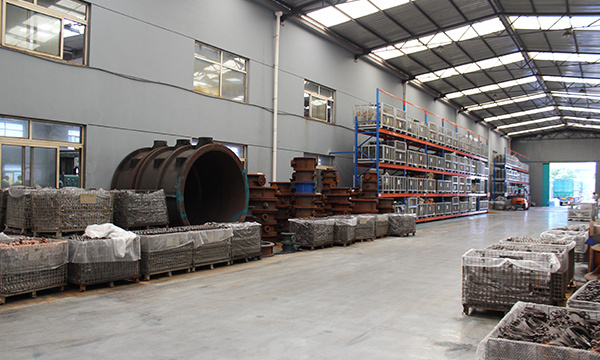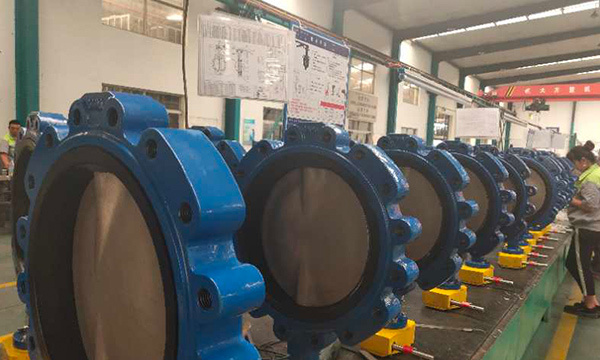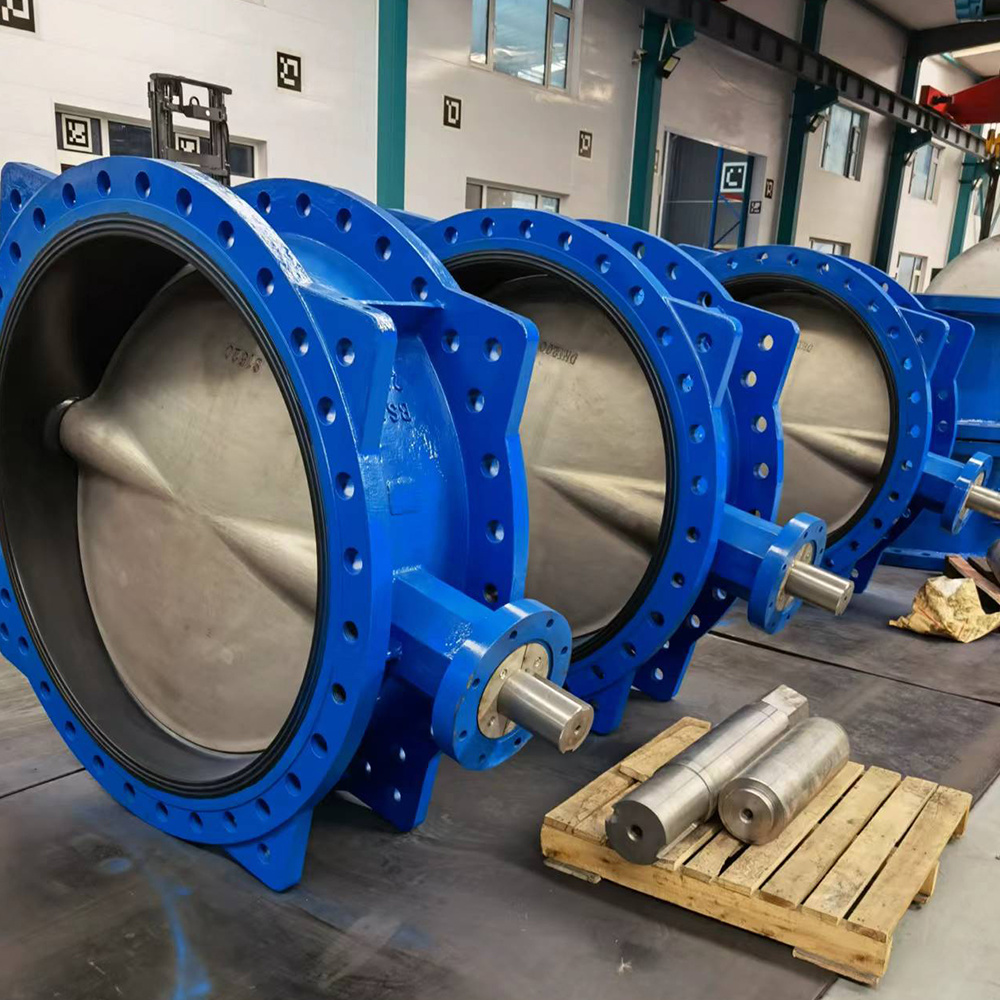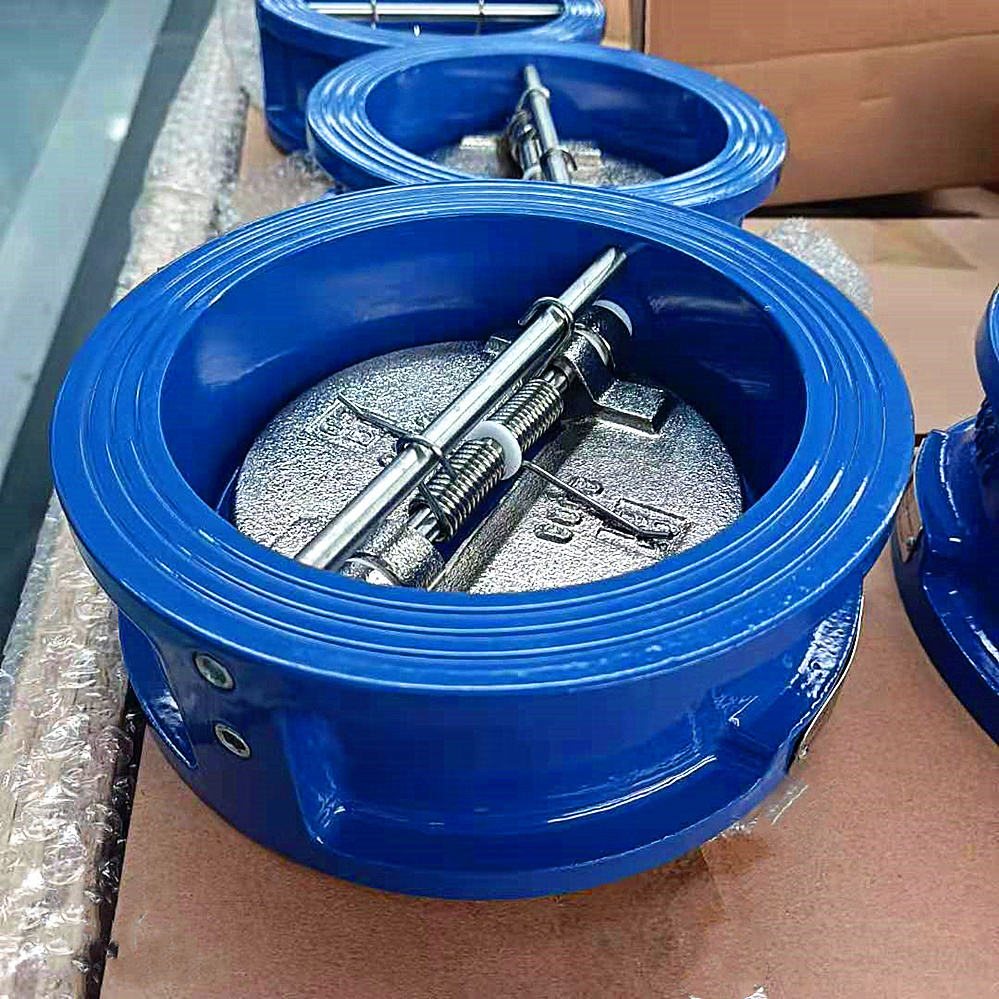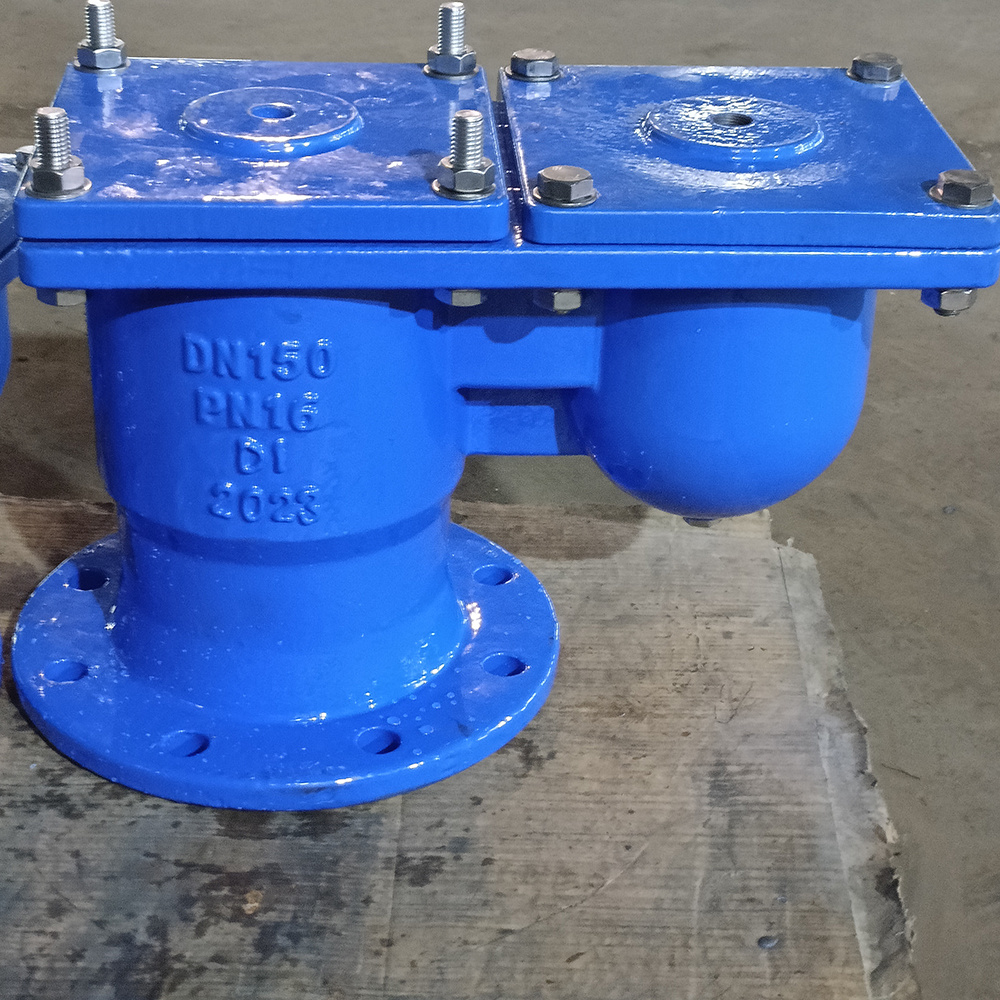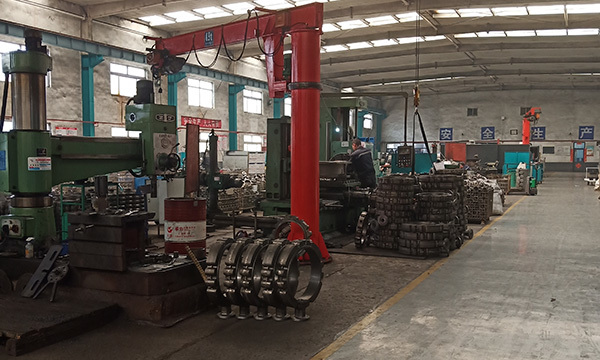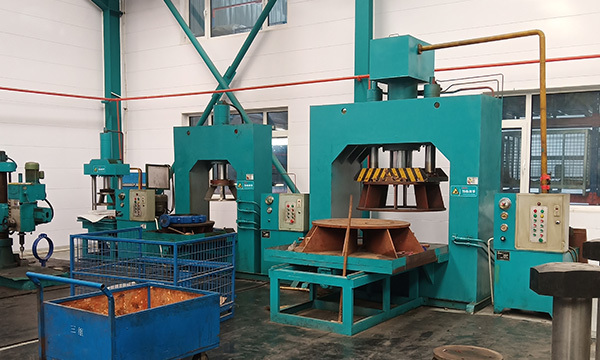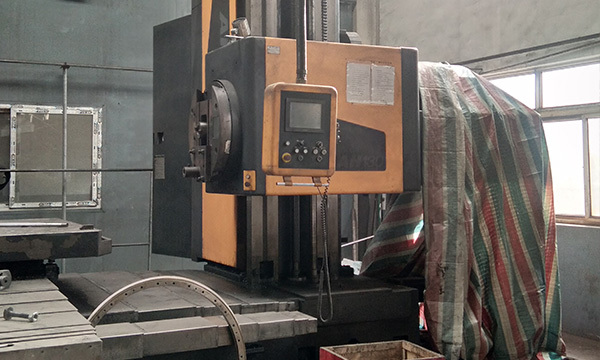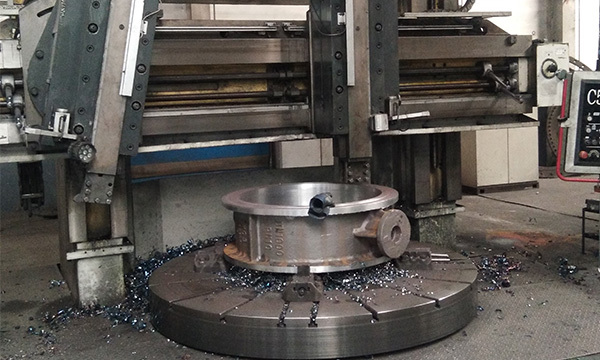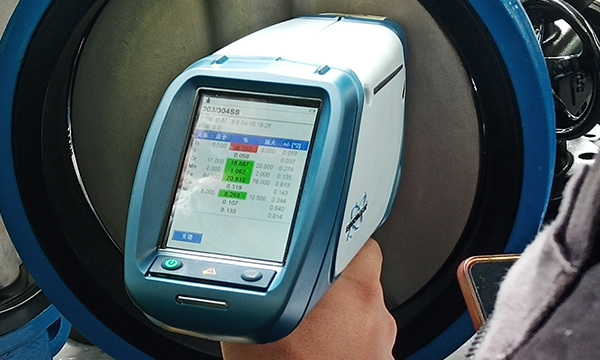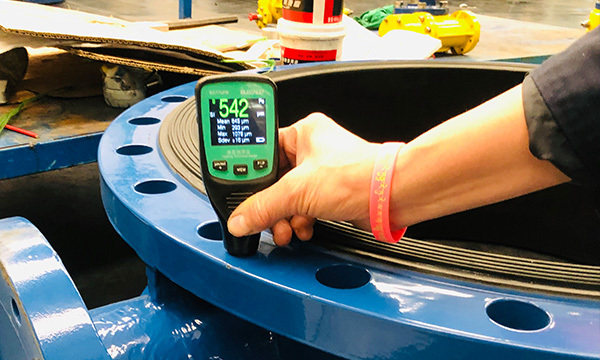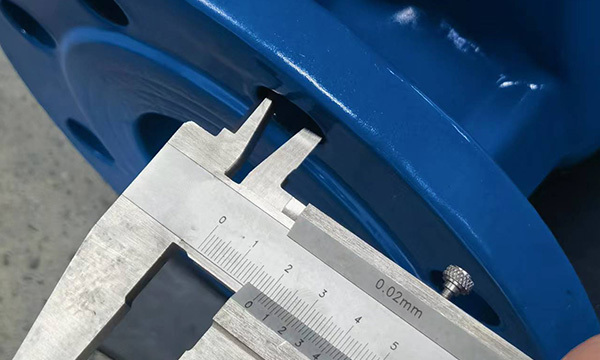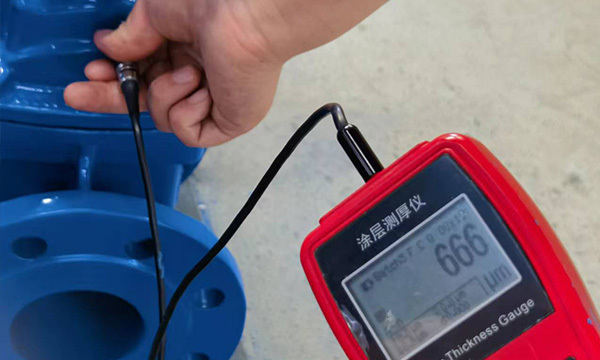Securing Success: Implementing Dual Check Valves in Your Operations for Optimal Performance
2025-07-18
Securing Success: Implementing Dual Check Valves in Your Operations for Optimal Performance
Table of Contents
- What are Dual Check Valves?
- The Importance of Dual Check Valves in Industrial Applications
- Benefits of Using Dual Check Valves in Operations
- How Dual Check Valves Work
- Selecting the Right Dual Check Valve for Your Needs
- Installation and Maintenance of Dual Check Valves
- Common Mistakes to Avoid When Implementing Dual Check Valves
- The Future of Dual Check Valves in Industrial Operations
- FAQs
- Conclusion
What are Dual Check Valves?
Dual check valves are critical components used in various industrial applications to prevent backflow in piping systems. These valves consist of two independent check mechanisms that ensure fluid can flow in one direction while blocking reverse flow. This design provides an added layer of protection, making dual check valves an essential choice for industries that demand reliability and safety in their operations.
The Importance of Dual Check Valves in Industrial Applications
In industrial settings, the integrity of fluid systems is paramount. Dual check valves play a vital role in maintaining system efficiency and safety. By preventing backflow, they help protect equipment from damage, reduce the risk of contamination, and ensure compliance with health and safety regulations. The importance of incorporating these valves cannot be overstated; they are a fundamental aspect of any robust fluid management strategy.
Benefits of Using Dual Check Valves in Operations
Implementing dual check valves offers numerous benefits that can enhance the overall performance of your operations.
Enhanced System Safety
One of the primary benefits of dual check valves is that they significantly enhance system safety. By preventing backflow, these valves eliminate the risk of reverse flow that can lead to contamination of the supply line. This is particularly important in industries such as pharmaceuticals, food and beverage, and water treatment, where purity and safety are paramount.
Improved Operational Efficiency
The use of dual check valves can greatly improve operational efficiency. By ensuring that fluids flow smoothly in one direction, these valves help maintain optimal pressure levels within the system. This prevents the unnecessary strain on pumps and other equipment, leading to lower energy consumption and reduced maintenance costs. As a result, businesses can enjoy increased productivity and a better return on investment.
How Dual Check Valves Work
Understanding how dual check valves work is essential for effective implementation. These valves utilize two independent check mechanisms that operate simultaneously. When fluid flows in the intended direction, both check mechanisms open, allowing unobstructed flow. However, if the flow reverses, both mechanisms close tightly, preventing any backflow. This dual action ensures a high level of reliability and safety within fluid systems.
Selecting the Right Dual Check Valve for Your Needs
Choosing the appropriate dual check valve is crucial for maximizing performance. Several factors must be considered to ensure you make the right selection.
Key Consideration Factors
When selecting a dual check valve, consider the following factors:
- Flow Rate: Ensure the valve can handle the required flow rate for your system.
- Pressure Rating: Select a valve that can withstand the operational pressure without failure.
- Size: The valve should fit seamlessly within your piping system.
Material Considerations for Durability
Material choice is a critical aspect of dual check valve selection. Common materials include brass, stainless steel, and PVC. Each material has its advantages, such as resistance to corrosion, high temperature tolerance, and pressure capabilities. Depending on the specific application, selecting the right material can significantly enhance the valve's longevity and performance.
Installation and Maintenance of Dual Check Valves
Proper installation and maintenance are essential to ensure the longevity and effectiveness of dual check valves in your operations.
Installation Best Practices
To achieve optimal performance from your dual check valves, follow these installation best practices:
- Positioning: Install the valve in a horizontal position to facilitate optimal flow.
- Correct Orientation: Ensure the flow arrows on the valve align with the direction of fluid flow.
- Secure Fittings: Use appropriate fitting techniques to prevent leaks and maintain system integrity.
Maintenance Tips for Longevity
Regular maintenance will extend the lifespan of your dual check valves. Consider these tips:
- Routine Inspections: Schedule regular inspections to check for wear and tear.
- Cleaning: Keep the valves clean to prevent sediment buildup that could affect performance.
- Replacement: Replace valves that show signs of deterioration to maintain system safety and efficiency.
Common Mistakes to Avoid When Implementing Dual Check Valves
Implementing dual check valves can enhance your operations, but avoiding common pitfalls is crucial for success. Here are some mistakes to watch out for:
- Ignoring Manufacturer Guidelines: Always adhere to the manufacturer's specifications and recommendations for installation and maintenance.
- Overlooking System Compatibility: Ensure the valve is compatible with your existing system in terms of size, material, and pressure ratings.
- Neglecting Regular Maintenance: Failing to schedule maintenance can lead to premature valve failure and system inefficiency.
The Future of Dual Check Valves in Industrial Operations
The future of dual check valves looks promising as technology continues to evolve. Innovations in materials and designs are leading to more efficient and reliable valves that can handle the increasing demands of modern industrial operations. Furthermore, advancements in smart technologies may allow for real-time monitoring and diagnostics, enhancing the performance and safety of dual check valves in various applications.
FAQs
1. What is the main difference between a single check valve and a dual check valve?
A single check valve has one mechanism to prevent backflow, while a dual check valve has two independent mechanisms, providing enhanced protection and reliability.
2. Can dual check valves be used in all types of fluids?
While dual check valves can handle many fluids, it's essential to consider the valve material and ensure it is compatible with the specific fluid being used.
3. How often should dual check valves be inspected?
Regular inspections should be conducted at least once a year, but more frequent checks may be necessary in high-demand environments.
4. What are the signs that a dual check valve needs to be replaced?
Look for signs of leaks, corrosion, wear, or a decrease in performance, which may indicate the need for replacement.
5. Is professional installation necessary for dual check valves?
While it is possible to install dual check valves independently, professional installation ensures that the valves are correctly positioned and aligned for optimal performance.
Conclusion
Implementing dual check valves in your operations is a strategic move that can significantly enhance the safety and efficiency of your fluid systems. By understanding their importance, benefits, and proper installation and maintenance practices, you can ensure that these crucial components work effectively to secure your operational success. As technology continues to evolve, staying informed and adapting to new developments will further bolster the reliability of your industrial operations. Embrace the potential of dual check valves and position your operations for long-term success.
Dual check valve


